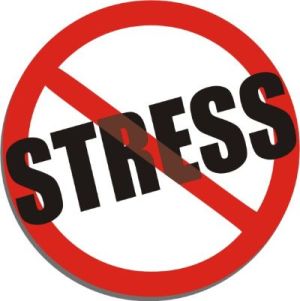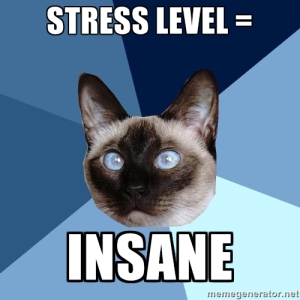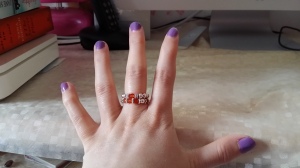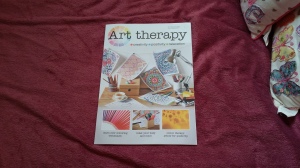
Welcome to the Health Activist Writer’s Month Challenge brought together by WEGO Health – a social network for all health activists. Again, I am participating in the annual Writer’s Month Challenge in which I will be writing about my health activism and health condition based on given prompts.
Sunday 19th April: Stress Awareness Month
What’s the best way you deal with stress? How do you like to let loose to escape common stressors? Share with us your favourite ways to shake off the stress
Stress is defined as “the physical, mental or emotional factor that causes bodily or mental tension”.
Stresses can be external (from the environment, psychological, or social situations) or internal (illness, or from a medical procedure for example). When these stresses are triggered, it initiates a complex reaction of our neurologic and endocrinologic systems also known as the ‘fight or flight’ response, in other words, our body prepares us to either fight the cause of our stress or run away from it.

Everyone is susceptible to stress and is something that everyone will experience many times during the course of a lifetime. It can be caused by anxiety over exams, financial problems, family arguments to name but a few examples.

Furthermore, everyone is susceptible to the effects of stress. However, living with a long-term health condition makes you particularly vulnerable. In addition, to challenges that are normally faced, chronic illness can provide new stressors, including:
- pain or discomfort from symptoms
- managing the condition and coping with the treatments
- adjusting to the new limitations that are caused by the condition
- feelings of frustration loneliness and isolation
There are several strategies that they suggest to increase the quality of life for those living with chronic conditions and to minimise the challenges that go with living with a long-term illness, such as:
- Self-Management: Making positive conscious decisions to help ease the symptoms experienced and to improve quality of life. These include the choice of eating nutritious foods, getting plenty of sleep and exercise, all of which can help improve mobility and ease symptoms as well improving mood and lessening the effects of stress
- Developing adaptability: By accepting your condition and the limitations that arise as a result can allow you to take control of the condition as well as allowing you to develop coping strategies that work for you. And by doing so also allows you to better manage any new challenges as they arise
- Understanding the condition: It’s always helpful to learn everything about symptoms and treatment options. It’s also helpful to observe your body and learn any triggers that exacerbate the symptoms as well as those which ease the symptoms as they will not be the same for every patient. Use a journal to record the insights that may help you manage the symptoms.
- Managing emotions: Experiment with different strategies to manage stress and other negative emotions. Find the strategies that work well for you can incorporate these into your daily, or weekly routines.
What has worked for me? These are some of the strategies that I have found particularly helpful, and not only for stress management but distracting me from symptoms such as chronic pain:
- Listening to music: When I am stressed or experiencing excruciating pain then I like to press play on a playlist of my favourite songs and listen to them whilst lying down on my bed with my eyes closed and focusing on the positive, inspiring and uplifting lyrics

- Breathing and relaxation exercises: As someone who experiences anxiety as part of my condition, or when I am experiencing insomnia I find breathing and other relaxation techniques very useful to help. It is important to regularly practice these types of techniques, as they are much like muscles which need to be worked on to be effective. And after practicing these techniques I usually feel so relaxed that sleep comes very naturally!

- Colouring-in: A new technique that I have discovered, yes, it’s no surprise children are so relaxed as colouring books really help with switching off the brain and helping us to unwind from the stresses in our lives. Although, I have been using it as a distraction technique to manage the pain I have been experiencing, which is helping and is an activity I am very much enjoying!

- Puzzle Books: These are another great distraction technique from stress, anxiety, and pain. The concentration needed to complete them is a welcome break from worrying about the little stresses in life, or about the troubling symptoms. My recent favourite puzzle has been the codebreaker – what is yours?
- Painting Nails: If am feeling low or particularly unwell, painting my nails with a bright, bold colour always cheers me up, and as someone who suffers from shaky hands I also need a lot of concentration to do a good job and in doing so any pain or stress that I may be experiencing is forgotten!







